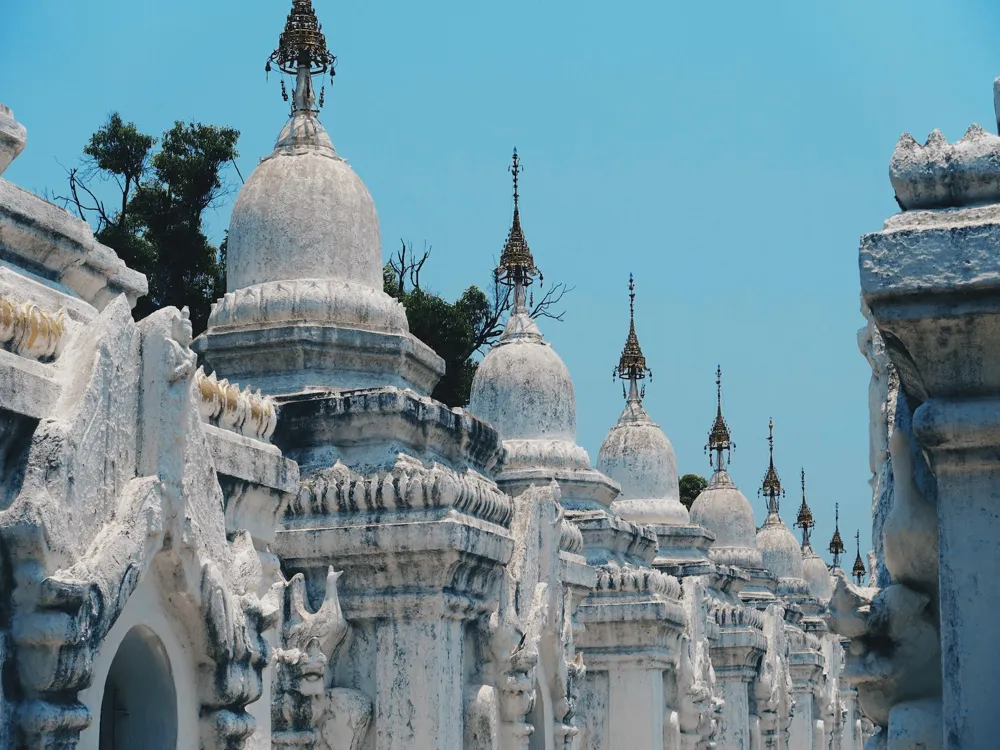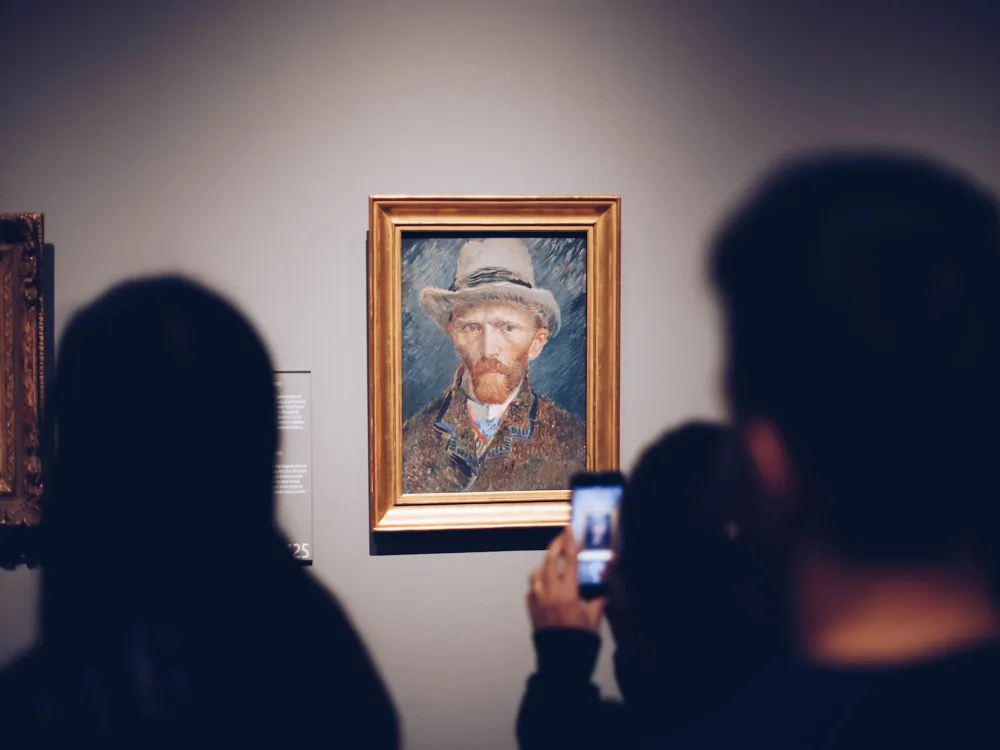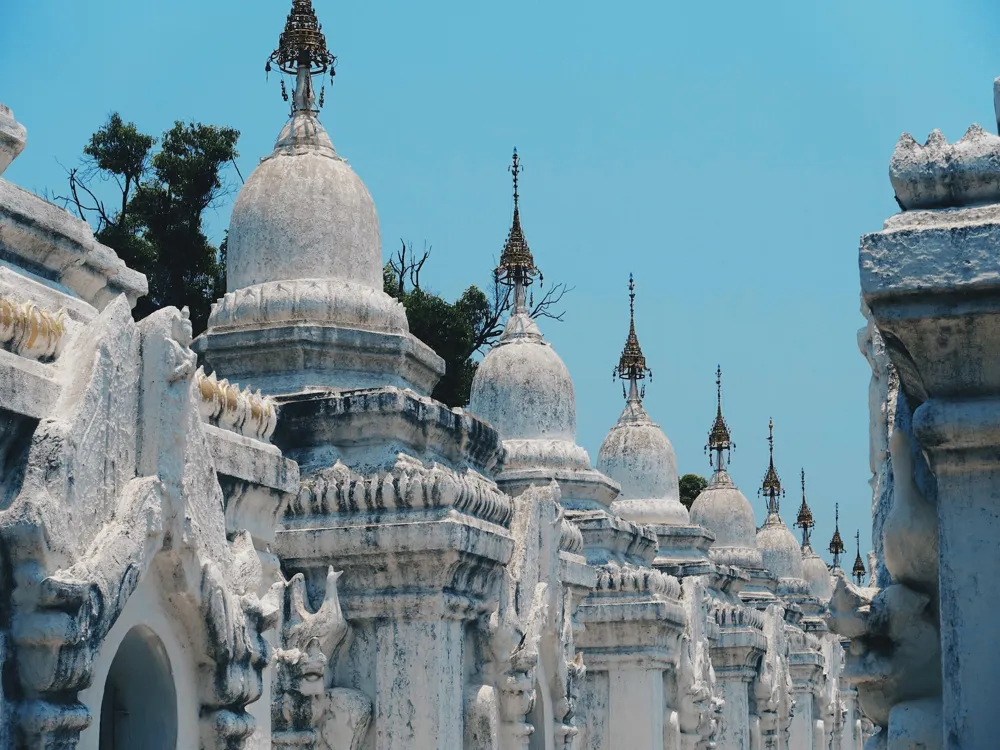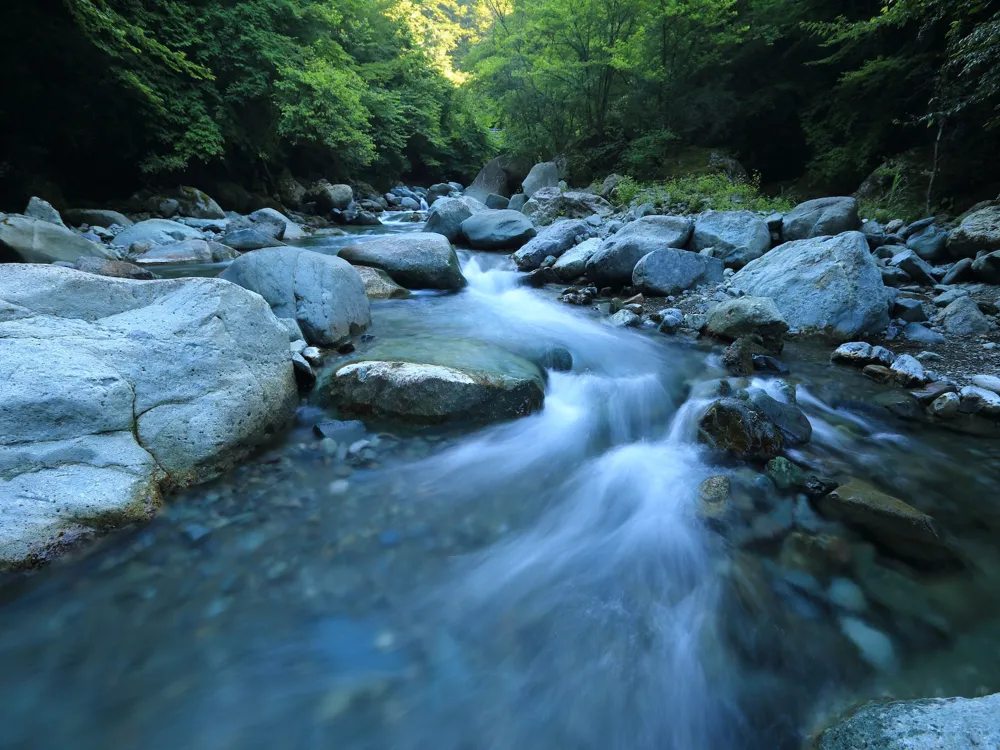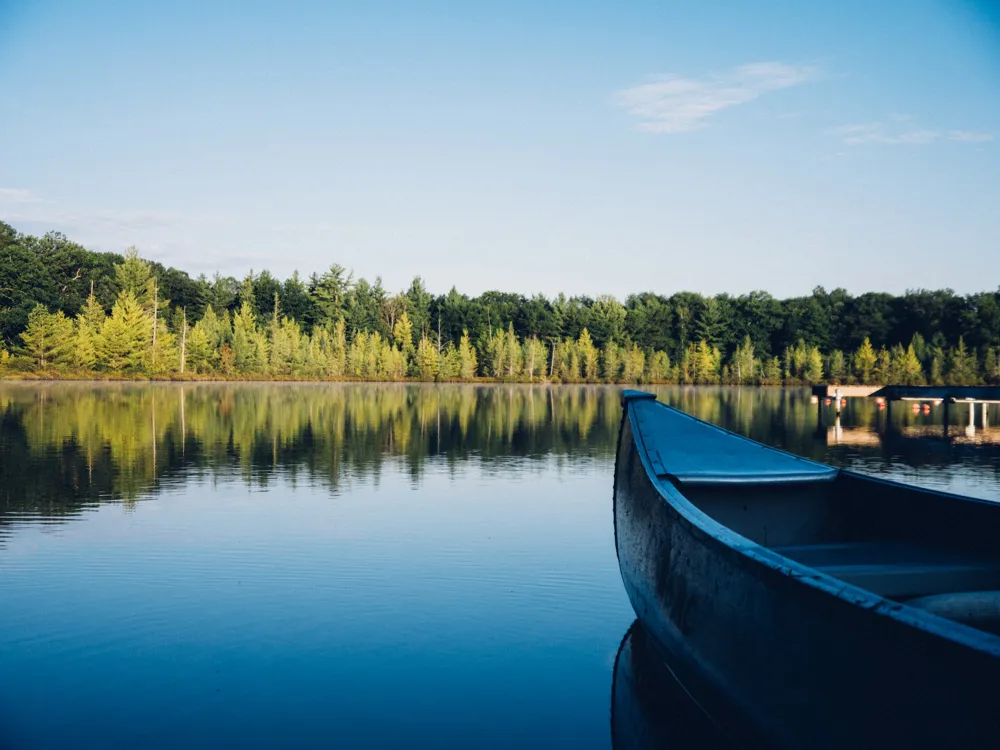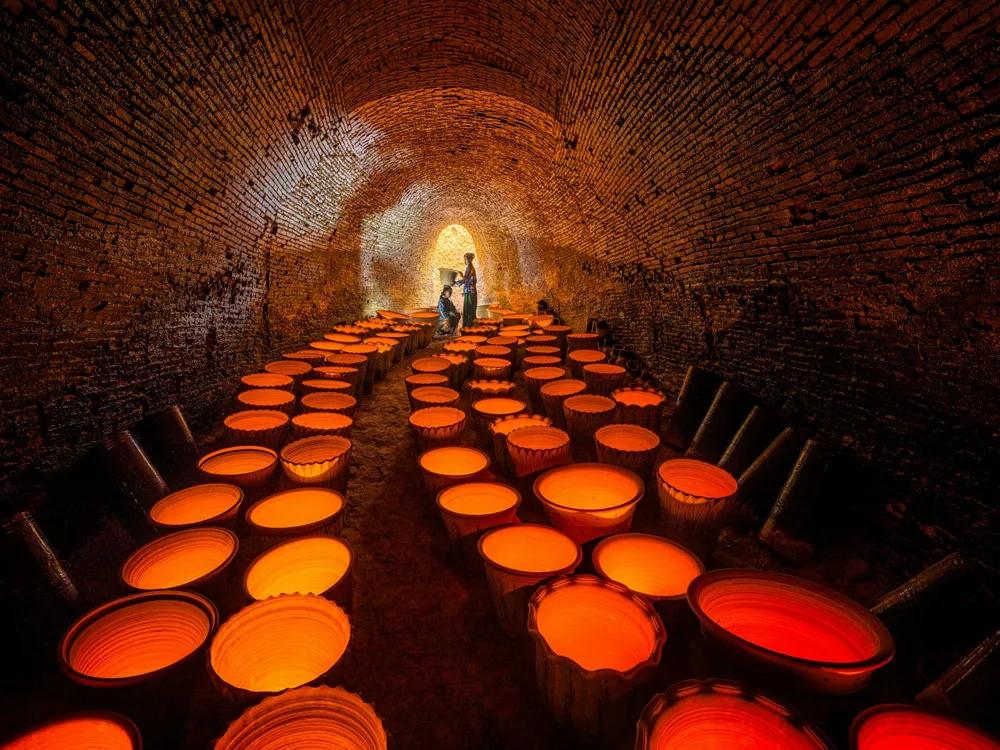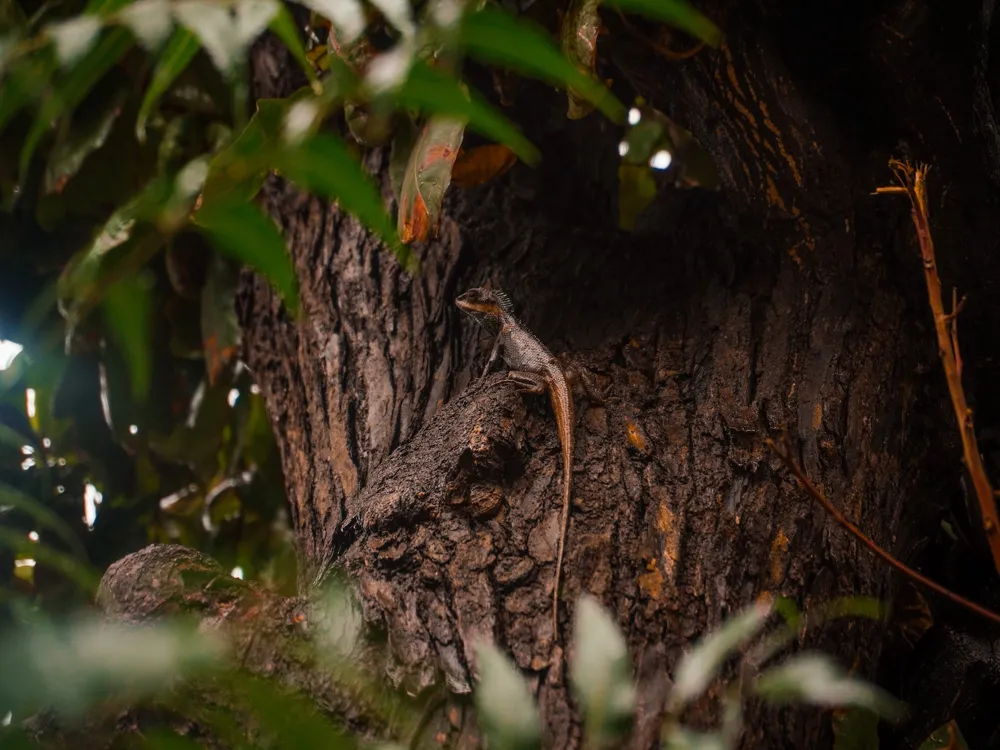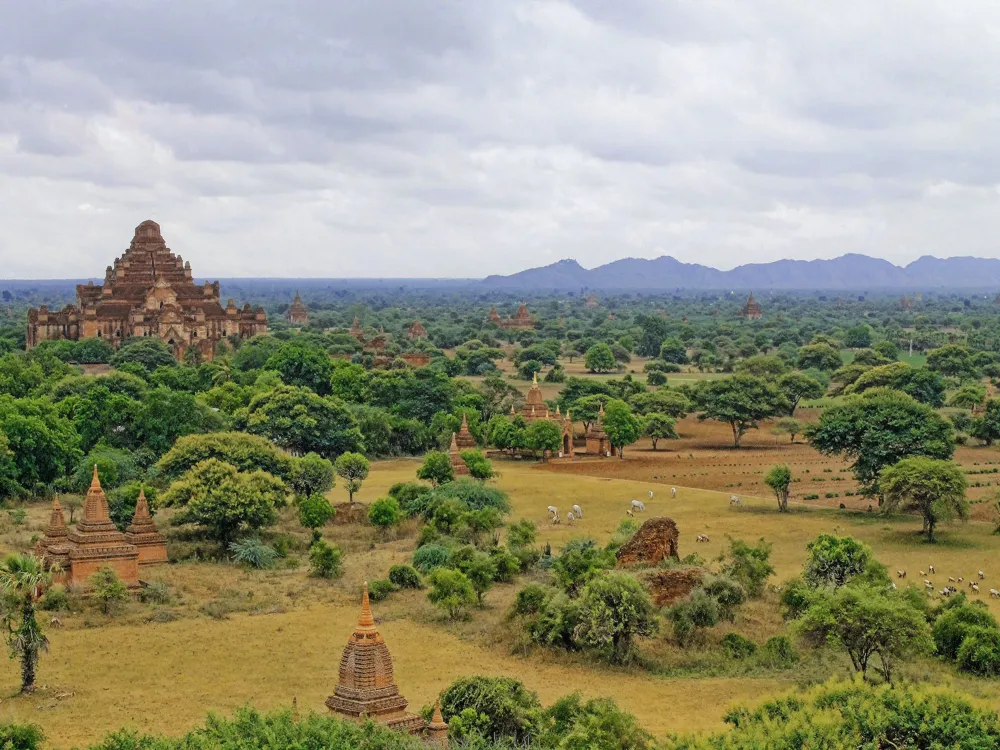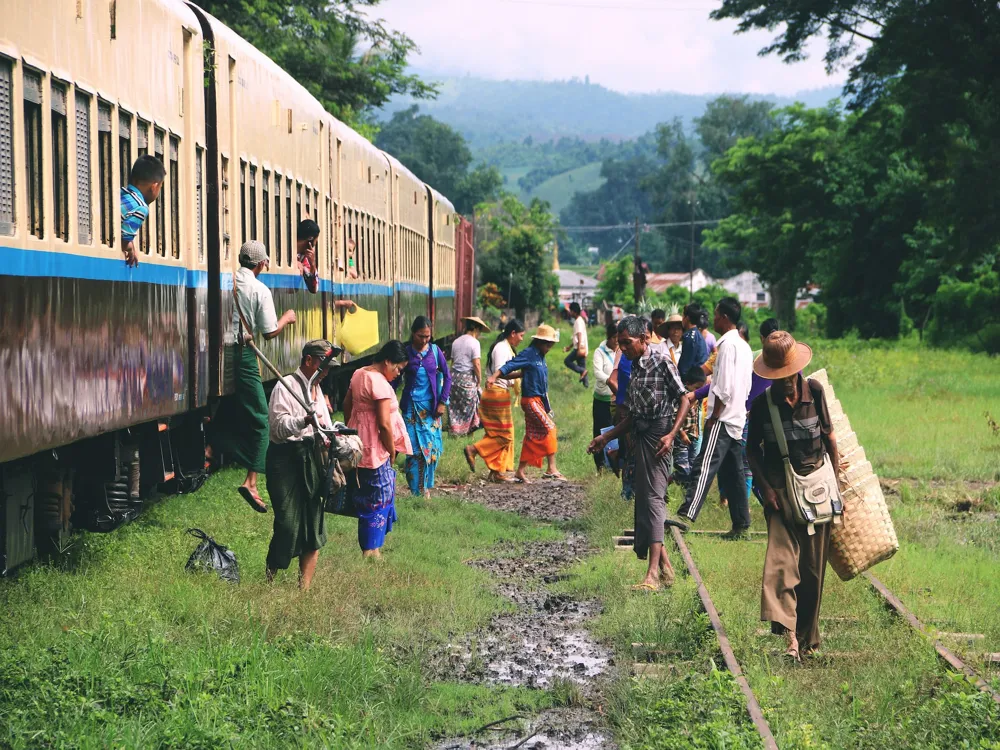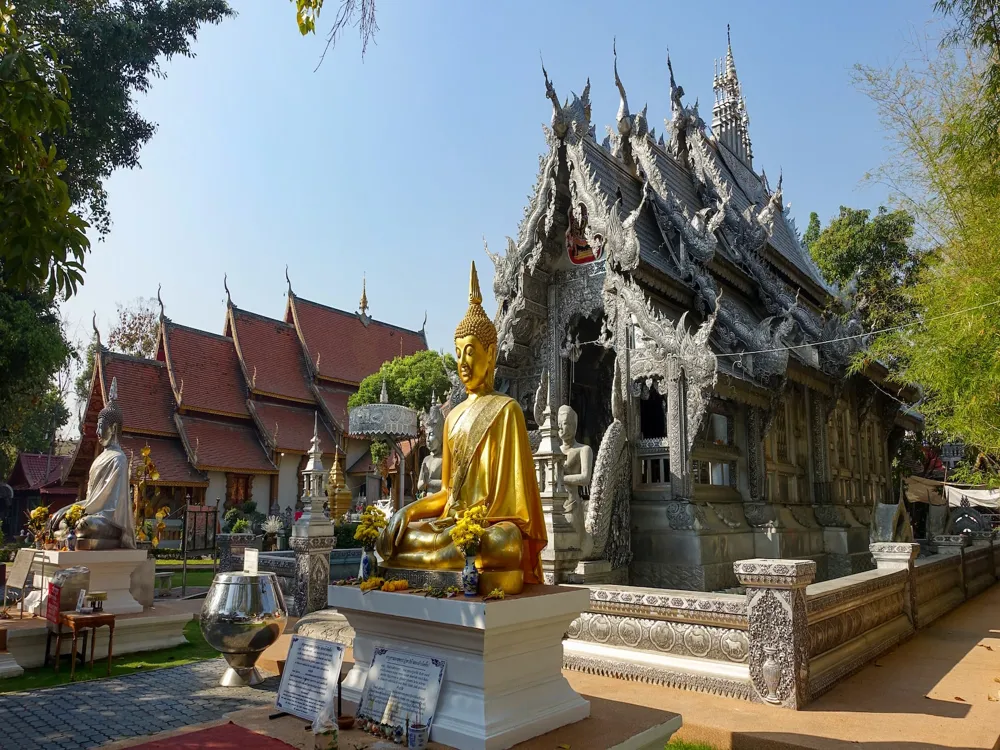The Pahtodawgyi, nestled in the heart of Mandalay, Myanmar, stands as a monumental testament to the rich cultural and historical heritage of the region. This iconic pagoda, with its majestic structure and intricate designs, captures the essence of Burmese architectural brilliance and religious significance. The history of Pahtodawgyi dates back to the 19th century, during the reign of King Bagyidaw. It was constructed as part of a larger religious complex, designed to be a symbol of the king's piety and the country's devotion to Theravada Buddhism. Over the years, the Pahtodawgyi has not only been a place of worship but also a beacon of cultural identity for the people of Myanmar. The architectural design of the Pahtodawgyi is a marvel in itself. It showcases the traditional Burmese stupa design, characterized by a bell-shaped dome, a multi-tiered hti (umbrella crown), and a square base. The pagoda is built primarily with bricks and mortar, following ancient stonemasonry techniques. Intricate carvings, depicting scenes from the Jataka tales (stories of the Buddha's previous lives) and Buddhist motifs, adorn the walls and terraces, offering a glimpse into the religious and artistic talents of the era. The earthquake of 1839, although causing significant damage, did not diminish the splendor of Pahtodawgyi, which continues to stand tall, reflecting the resilience and enduring spirit of the Burmese people. The Pahtodawgyi is not just a religious edifice but also an architectural masterpiece that speaks volumes about the expertise and creativity of Burmese architects. The stupa's design follows the classic Bagan style, which was prevalent in Myanmar from the 11th to the 13th century. This style is characterized by a massive, bell-shaped superstructure resting on a series of terraces. The base of the Pahtodawgyi is a square, each side measuring about 450 feet, signifying the vastness and grandeur of the structure. The central stupa is surrounded by numerous smaller stupas and pavilions, creating a harmonious and symmetrical aesthetic. The use of brick and stucco in the construction of Pahtodawgyi is noteworthy. The bricks were laid in a unique interlocking pattern, ensuring structural stability and longevity. The stucco was used to create intricate reliefs and sculptures, many of which depict stories from Buddhist lore. The interior of the pagoda is equally fascinating, with several chambers housing Buddhist statues and murals. The play of light and shadow within these chambers creates a serene and contemplative ambiance, ideal for meditation and prayer. When visiting Pahtodawgyi, it's important to dress respectfully. This means covering the shoulders and knees. Traditional Burmese longyi can be worn for both comfort and cultural immersion. The best time to visit Pahtodawgyi is during the cooler months from November to February. The weather is more pleasant, making it ideal for exploring the vast complex. Opt for a guided tour to gain deeper insights into the history, architecture, and religious significance of Pahtodawgyi. Local guides are available who speak English and other major languages. As a place of religious significance, visitors should maintain a respectful demeanor. Avoid loud noises and inappropriate behavior. It's also important to follow the rules set by the temple authorities. Photography is allowed, but it’s crucial to be respectful. Avoid taking pictures of people praying or in other intimate moments without their permission. Reaching Pahtodawgyi is convenient from Mandalay, the cultural capital of Myanmar. Visitors can hire taxis or tuk-tuks from anywhere in the city. For those interested in a more authentic experience, local buses are available, though they may be less comfortable. International tourists can fly into Mandalay International Airport and take a taxi or a bus to the city center, from where Pahtodawgyi is easily accessible. Additionally, for those staying in downtown Mandalay, it's possible to rent bicycles or motorbikes for a more adventurous journey to the pagoda. Read moreOverview of Pahtodawgyi
Architecture of Pahtodawgyi
Tips When Visiting Pahtodawgyi
Dress Appropriately
Best Time to Visit
Guided Tours
Cultural Sensitivity
Photography Etiquette
How To Reach Pahtodawgyi
Mandalay Tourism
Best Time to Visit Mandalay
How to Reach Mandalay
Things To Do Mandalay
Pahtodawgyi
Mandalay
NaN onwards
View mandalay Packages
Weather :
Tags : Buddhist Temple
Opening hours : 8:00 AM - 5:00 PM
Ticket details : MMK 6000
Planning a Trip? Ask Your Question
Mandalay Travel Packages
View All Packages For Mandalay
Top Hotel Collections for Mandalay

Private Pool

Luxury Hotels

5-Star Hotels

Pet Friendly
Top Hotels Near Mandalay
Other Top Ranking Places In Mandalay
View All Places To Visit In mandalay
View mandalay Packages
Weather :
Tags : Buddhist Temple
Opening hours : 8:00 AM - 5:00 PM
Ticket details : MMK 6000
Planning a Trip? Ask Your Question
Mandalay Travel Packages
View All Packages For Mandalay
Top Hotel Collections for Mandalay

Private Pool

Luxury Hotels

5-Star Hotels

Pet Friendly







